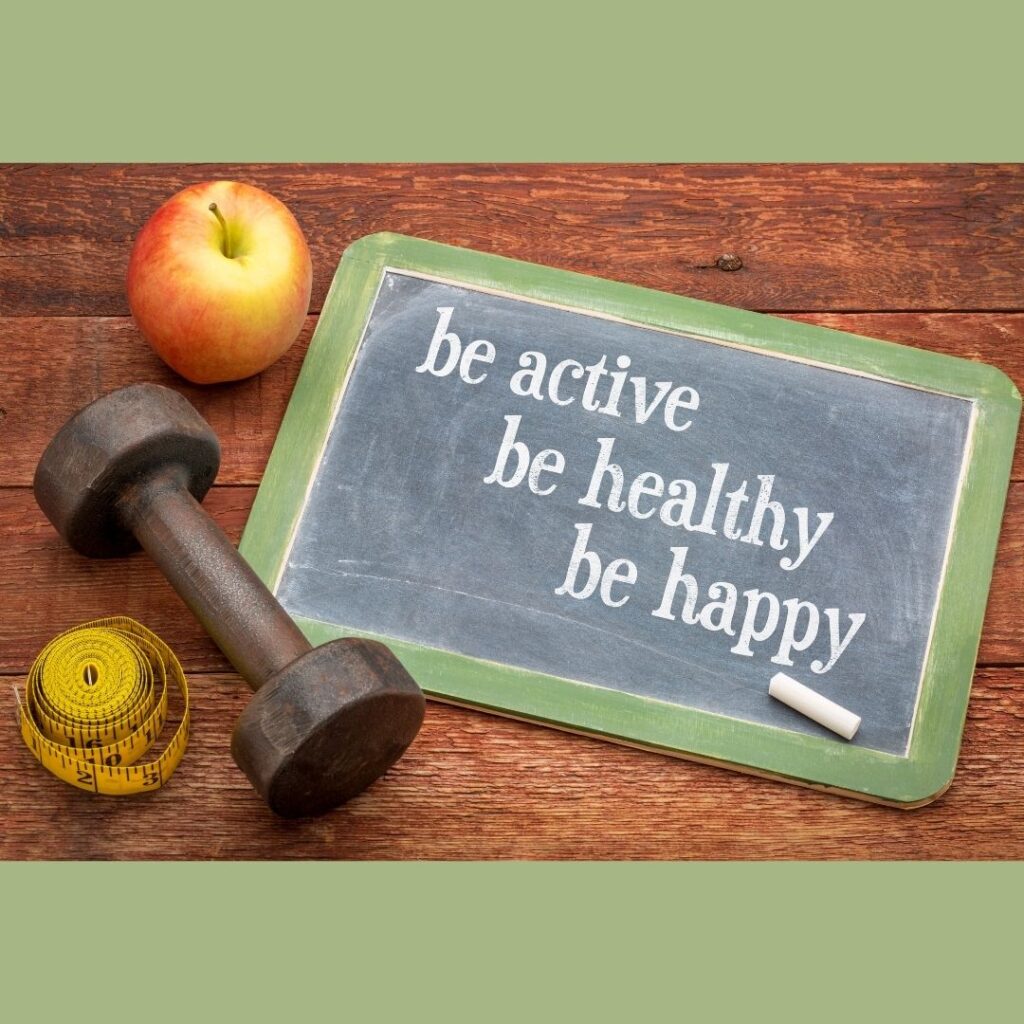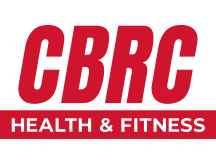BEING ACTIVE FOR A HEALTHY BODY COMPOSITION
Body Composition is used to describe the percentages of fat, bone, and muscle in the human body. Two people of similar height and weight can have completely different body compositions. With respect to health and fitness, the body fat percentage is of most interest. Although body fat has a bad reputation, fats and lipids play a critical role in the overall functioning of the body.
AEROBIC ACTIVITY
Any aerobic activity that you enjoy!
What? Any rhythmic continuous activity.
How Often? 4-7 days a week.
How Hard?Moderate- to high intensity depending on ability and bone/joint health.
How Much? Accumulative 150-300 minutes per week.
Aerobic Activity Cautions: To stay safe and injury-free: Start with light to medium effort. Gradually increase your pace and time spent being active. Start low and go slow! Warm up and cool down at an easy pace before and after exercise.
STRENGTH TRAINING
Challenging your muscles can help to increase your lean mass and decrease your fat mass.
What? Hand weights, resistance bands, weight machines, or your own body (for example, kitchen counter push-ups or chair squats)
How Often? 2-3 days a week. Rest on in-between days.
How Hard? Start w/12 repetitions at the light-medium effort. Gradually build to hard effort for just 8 repetitions.
How Much? 8-10 repetitions for each major muscle group. After 2 weeks, increase to 2 sets.
Strength Training Cautions: Focus first on learning good technique – then increase resistance. Get help from a certified exercise professional or physical therapist. They can teach you the right way to do exercises and how to breathe properly. For the most benefit to your bones, work up to challenging loads. When possible, do exercises standing instead of sitting. Change your routine every couple of months.
OTHER TYPES OF PHYSICAL ACTIVITY
Yoga, Pilates, and Tai Chi: All help with balance, strength, and relaxation.
Flexibility: Stretch your muscles 2-3 days/week to the point of feeling tightness. Hold for 10-30 seconds (30- 60 seconds for older adults). For example, stretch your calves or the back of your thighs.
Take More Steps: Use a smartphone or an activity tracker to measure your progress and stay motivated. Count your steps daily for the first week. Slowly build up to 7,000-9,000 steps/day.
Balance: Exercises may include standing on one foot, walking on a line, or using a balance board. Train in an uncluttered area and use a chair or wall for support if needed.
HYDRATION
You know that staying well-hydrated is important for survival but did you know that hydration also impacts your body composition? Not only can being well-hydrated aid in the gain of lean muscle mass, but your hydration status can also impact your body fat percentages. Research has found a positive correlation between increased hydration (water intake)and increased loss of body weight and body fat percentages. As a good rule of thumb, you should be drinking half your body weight in water. For example, a 150-pound person should drink about 75-ounces of water a day.
TRACKING BODY COMPOSITION
The Styku at CBRC Health & Wellness is a highly accurate body scanner that can detect small changes in body fat and lean muscle mass. Information provided by the Styku enables more sensible decisions regarding nutrition and exercise programs. If you are already engaging in a nutrition and exercise program, measuring your body composition is more informative in measuring your progress than just measuring your body weight, as replacing one pound of body fat with one pound of muscle is not reflected on a scale. It is important to remember that body fat and lipids play a critical role in the overall functioning of the body. Moderation is key, as both low and high body fat percentages can lead to health issues. What is considered a healthy percentage of body fat depends upon both your age and your sex. Call today to schedule your body composition test.
MOVEMENT HEALTH & MOVEMENT FUNCTION
Our Exercise Professionals believe that exercise is medicine and are eager to assist! To get started today call (509) 943-8416 or email [email protected].
American College of Sports Medicine, Exercise is Medicine accessed December 2020, <https://www.exerciseismedicine.org/>
